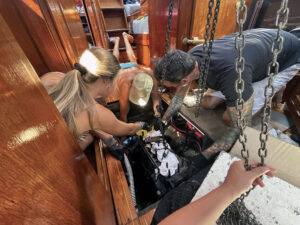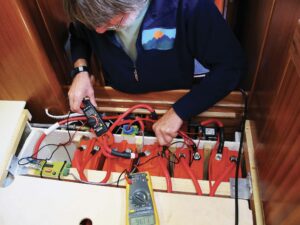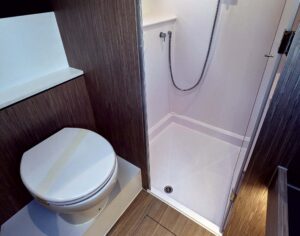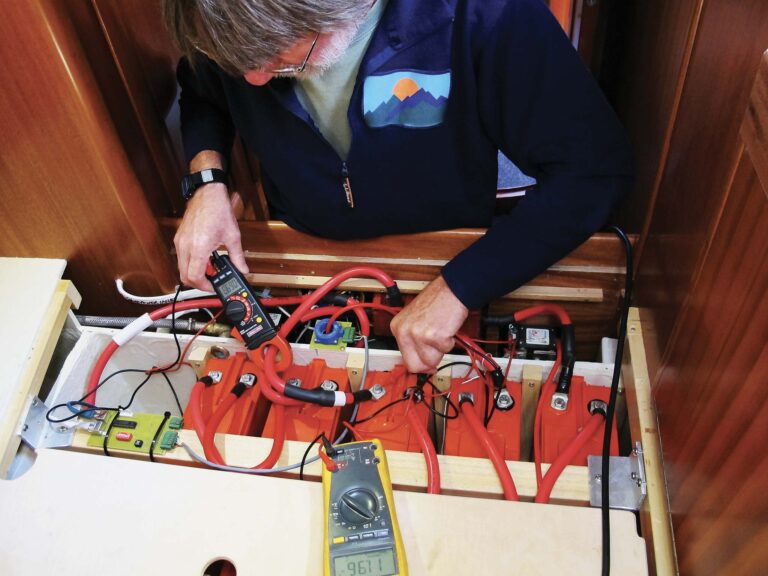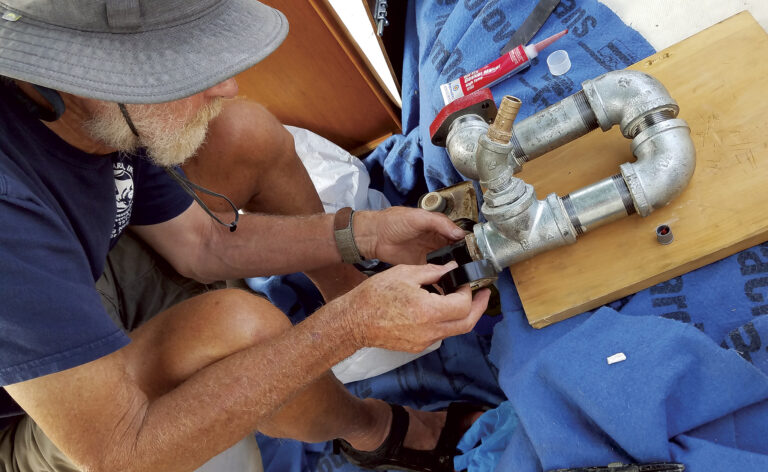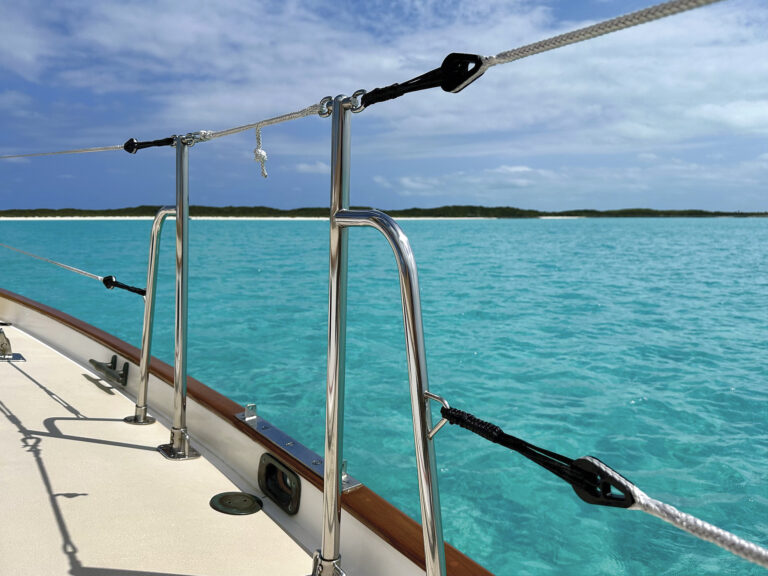THE EXPERTS
Nigel Calder is an expert on boat systems and diesel engines. Don Casey has written many books and articles on marine maintenance and repair. Tim Bartlett is a former Royal Navy officer who is an expert in radar and electronics systems. Gordon West is a communications expert and a specialist in radio communications.
DIRTY GROUND
Recently we had trouble starting the diesel engine aboard our Nordic 40. Although all the lights and other electrical equipment aboard worked fine, whenever I touched the starter button, the starter motor hesitated at first then sped up. We checked the batteries and found that they were eight years old, so we decided to replace the type 27 starting battery and the large house battery. These were hooked in parallel and had individual on/off switches.
We installed two dual-purpose type 27 batteries, also in parallel, but the starter motor continued to hesitate and then sped up again to start the engine. There were also one or two times when nothing happened at all when we pressed the button. Finally, my partner saw a flash in the vicinity of the battery ground and the engine. We sprayed some electrical contact cleaner on the ground connection, and when we pressed the starter button again the starter motor had no hesitation and the engine started up quickly. Since there were no additional sparks or flashes, we don’t know what caused the flash. Could it be a loose ground cable, or is there something else we need to troubleshoot?MARK KARWOWSKI SAN FRANCISCO, CALIFORNIA
NIGEL CALDER REPLIES:
I’d say it’s that pesky ground strap. If corrosion is allowed to occur at the point where the ground strap attaches to the engine block, that will almost certainly lead to starting problems of the sort you experienced. No matter how hard that strap may be to access, you must remove it and clean its terminal and the mating surface opposite it on the engine block. Use fine-grit wet and dry sandpaper or something similar. After you have reattached the connection, give it a good shot of corrosion inhibitor or slather it with Vaseline. That should keep you cranking happily for several years. Inspect the connection visually at least every six months to make sure its performance is not being degraded again by corrosion.
CIRCUIT BREAKER
Where can I get a galvanic isolator of the sort you mentioned in your excellent piece on wiring a boat for shore power? Also, the circuit you described in that piece doesn’t seem to provide ground-fault protection either for the battery charger or for other branch loads, such as the water heater, which would be hard-wired to the CB panel. Shouldn’t one install a Ground-Fault Circuit Interrupter (GFCI) outlet near each device and then plug them in just as you would a galley blender?GENE CRAMER, MILWAUKEE, WISCONSIN
DON CASEY REPLIES:
You can find galvanic isolators in both the West Marine and Defender Industries catalogs, and I’m sure your favorite chandlery can also get one for you from one of any number of manufacturers.
To answer your second question, ground-fault protection is less of an issue with hard-wired appliances such as a battery charger or a water heater, but you would not be wrong incorporating it into your shore-power wiring. The easiest way to do this is to power these appliances through a GFCI breaker. Although a long wire run could possibly lead to enough capacitive coupling to trip a single GFCI, that probably would not be a problem because of the relatively short distances between outlets on a boat. One GFCI should protect several downstream outlets that are on the same circuit without leading to trip problems.

